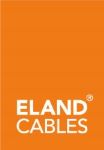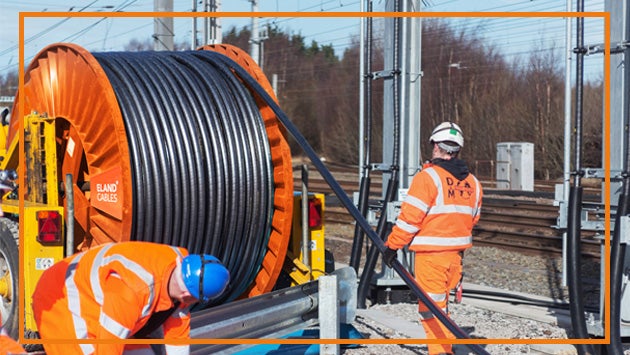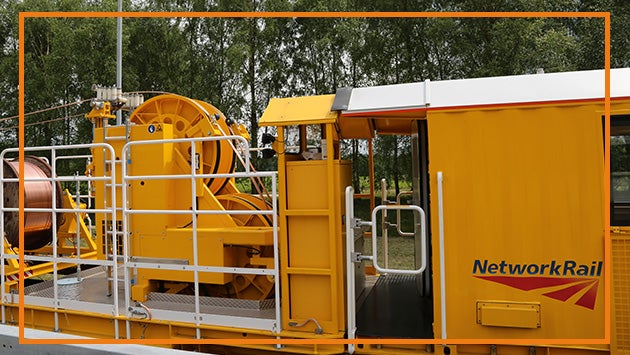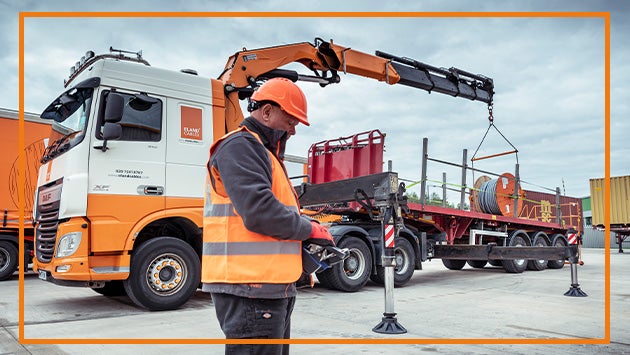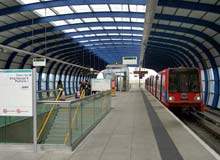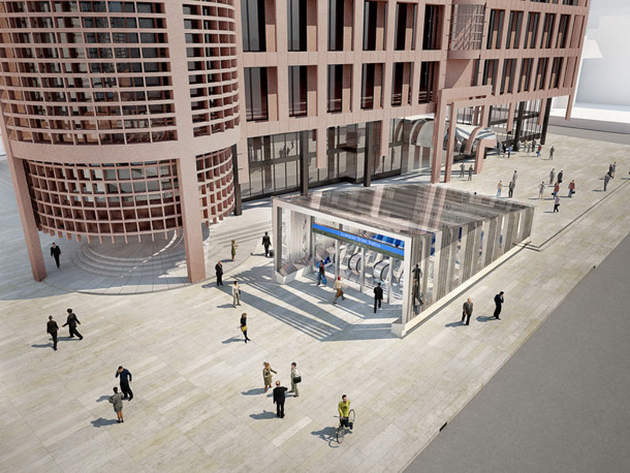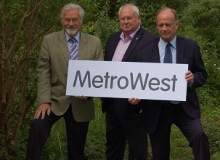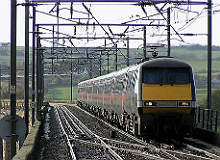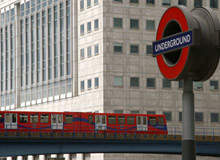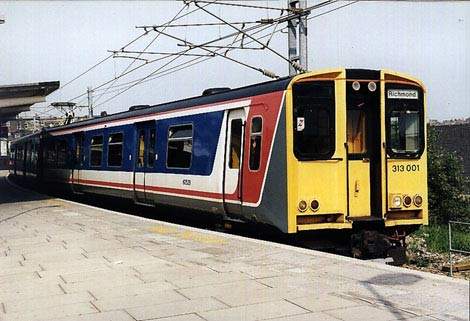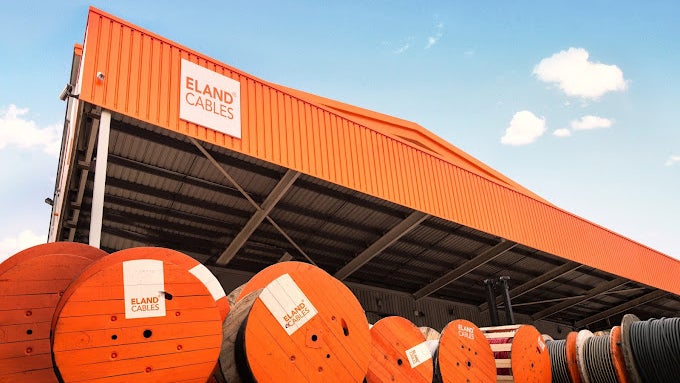
Eland Cables supplies cables for power and overhead lines, as well as for signalling and telecommunications applications, for metro and railway infrastructure. Approved by the Railway Industry Supplier Qualification Scheme (RISQS), the company is a committed partner for urban transport projects and a supplier of Network Rail and LUL approved products. The company also provides high-quality technical support for all aspects of cable installation, from new product development and approval to trackside inspection.
Eland Cables supports a worldwide network of railway projects. Notable projects include the Great Western Line Electrification project and CrossRail in the UK, as well as the Eurotunnel, London Underground, the Hong Kong MTR, and the Melbourne Metro.
Railway cable quality and compliance testing
Before being released to sites for installation, all Eland Cable products are rigorously tested. Whether sourced from its extensive stockholding or specially manufactured for clients, the company carries out extensive compliance assessments for all products to ensure the highest quality. Eland uses its world leading, in-house cable laboratory facilities to carry out ISO/IEC 17025 UKAS testing and to verify IECEE CBTL status. This extensive cable testing programme provides an additional level of insurance for railway networks and ensures that the cables will deliver the expected performance once installed.
Eland works with industry experts to provide vital technical support and specifications for railway projects. Their level of expertise means that many of these experts are stakeholders for a number of Network Rail-approved cables and have developed innovative solutions for many installation challenges.
Tailored logistics for railway sites and trackside
With a large fleet of HGV and self-offloading vehicles, Eland can deliver cables when and wherever they are needed; including trackside locations on a just-in-time basis. The company’s drivers are fully contactable and instant proof of delivery can be provided.
Sustainability in the railway industry
Eland Cables believes that railway sustainability is of the utmost importance, so the company holds scientific targets with the Science Based Targets initiative (SBTI) and is a signatory for the UN Global Compact Sustainable Development Goals. In addition, the company has also received a Silver Medal status rating from Ecovadis for its environmental, ethical, human rights, and sustainable procurement practices.
The company reports annually on its Scope 1, Scope 2, and Scope 3 emissions, and actively works to reduce carbon emissions from across its operations and supply chain. For example, Eland operates on 100% renewable energy from onsite solar panels, which also charge the company’s electric vehicle delivery vans. Over 50 of the vehicles from Eland’s HGV fleet run on sustainable biofuel, which provides a substantial reduction in emissions, when compared to diesel fuel. The company’s cable recycling facility means it can operate zero-landfill sites to further reduce its environmental impact. Eland can also support LifeCycle Analysis and Environmental Product Declaration (EPD) requests.
Network Rail-approved cables
Eland Cables is a supplier of the full range of Network Rail-approved power cables, which are designed, tested, and approved to meet the rail industry’s specialist standards. Manufactured against strict Network Rail requirements, the company ensures its cables match these specifications precisely and that the electrical characteristics deliver and perform as expected. Due to the company’s quality and reliability, Eland holds multi-year framework agreements to supply cables, overhead lines, and conductors to Network Rail and its contractors. As well as cables, Eland also provides logistical support, including inventory management, storage, and trackside delivery.
Network Rail approved-railway power cables
Eland’s stock of Network Rail-approved cables includes railway power cables, railway overhead line cables, signalling cables, telecom and fibre cables, and London Underground cables. NR/PS/ELP/00008 19/33kV and 25/44kV graphite coated feeder cables for trackside power are available from stock, as well as a range of low and medium voltage cables for trackside and building power applications.
Network Rail approved-railway overhead line cables
The company’s world class Cockroach, Hornet, and Centipede cables, as well as catenary wire and contact wire, means that it is the leading supplier of Network Rail-approved copper and aluminium overhead lines (OHL). These cables are suitable for use in railway power supply electrification upgrades.
Network Rail approved-railway signalling cables
Signalling cables, such as NR/PS/SIG/00005 Types A to E, are manufactured against Network Rail’s strict parameters and are available in single, twin, and multi-core varieties. These cables can also be made with LSZH sheathing for installation in tunnels and enclosed spaces.
Network Rail approved-railway telecoms and fibre cables
For railway telecom uses, Eland also supplies NR/PS/TEL/00014 Copper and NR/PS/TEL/000015 fibre trackside communications cables as part of its fibre cable range. This also includes SCADA pilot cables, Twin Datalink cables (PVC and LSZH), screening conductors, and safety critical cables that connect to the AzLM axle counter system.
LUL approved-London Underground cables
In addition to Network Rail cables, the company also provides a range of London Underground-approved cables, including specific London Underground Limited (LUL) trackfeeder, signalling, and armoured power cables. These are designed for specific applications in tunnels and underground locations across the LUL network. This range includes Rolling Stock Part 6 Types 1 to 9 and 11 to 13 cables for use on LUL-specific vehicles.

